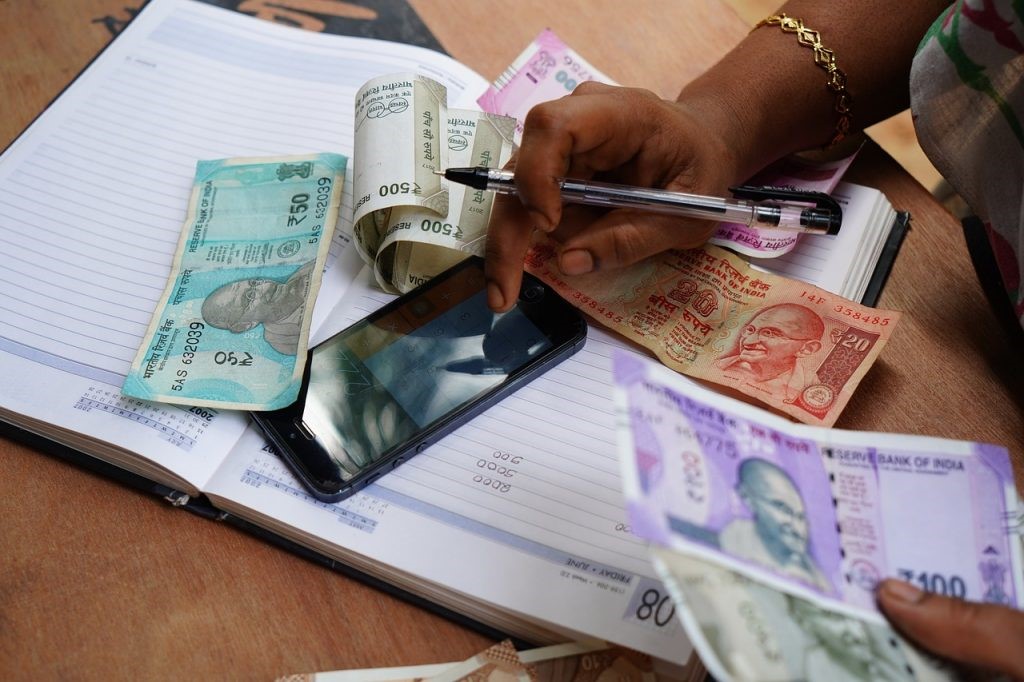Research & Opinion
60% Women Prefer Cash; UPI, QR & Cards Next In Line: PayNearby Study

NEW DELHI: More than 58 percent of female consumers who used PayNearby’s retail locations for basic banking services chose Aadhaar Enabled Payment System (AePS) to access their bank accounts, according to PayNearby, India’s leading digital payments provider and largest branchless banking network. Cash continues to be the preferred method of payment among women, with more than 60% preferring it over UPI QR and cards, in that order.
The information was revealed as part of a comprehensive survey dubbed ‘PayNearby Women Financial Index (PWFI)’, which is an annual Pan-India research demonstrating women’s financial consumption at retail outlets. The yearly report, now in its second edition, was based on a Pan-India survey done by the company among 3,000+ retail locations across the country, which recorded financial transactions of women consumers as observed in those stores.
According to the poll, more than 75 percent of retailers stated that women between the ages of 21 and 30 were the most technologically savvy, with more than half of this age group owning a smartphone and accessing digital content through it. The age group 31-40 years was quickly followed by the age group 31-40 years.
Over 60% of women clients, particularly in cash withdrawal markets, were between the ages of 31 and 40, with facilitated digital access to their accounts via AePS being the most commonly used banking service.
In remittance-driven metropolitan and metro areas, 20-30 year-olds accounted for approximately 25% of female customers, demonstrating the growing trend of young women entering the labour force.
While cash remained the most favoured means, UPI and cards were also popular among female consumers, with preferences varying from 5 to 15% across age groups. Prepaid cards and digital wallets were also mentioned as a use case for accessing digital content/e-commerce among the digitally savvy, smartphone-owning client class.
The top three services used by women customers at retail touchpoints were cash withdrawal, mobile recharges, and bill payments. Money remittances were also popular in urban and metropolitan areas. The majority of the transactions were carried out by young working women aged 21-30 years (45 percent) and 31-40 years (45 percent) (25 percent).
In the withdrawal market, which is mostly driven by Tier III and rural regions, the bulk of transactions were made by women between the ages of 31 and 40. (65 percent ). Approximately 78% of women in Tier III and rural marketplaces took advantage of cash withdrawals. Overall, women across the country favoured a withdrawal range of Rs 1,000-2,500.
According to the report, while more than 75% of women operated their own bank accounts, they were primarily used for cash withdrawals and deposits. Surprisingly, more than 20% of the women acknowledged to having their husbands manage their financial accounts instead of them.
Following the pandemic, there was an increasing awareness among women to save for medical crises and rainy days, with more than 40% of those polled selecting “Bachat” as a top priority. Formal savings tools, on the other hand, continue to be underutilised, with less than 15% of those polled aware of them. Penetration of advanced services, such as insurance, remains low (less than 5%).
Commenting on the findings, Anand Kumar Bajaj, Founder, MD & CEO, PayNearby, said, “India is at the forefront of digital revolution globally. However, there is a real danger of widening the digital gap that exists today, if all segments of our society are not integrated in this journey. Whether it is our women force or the large underserved rural economy, it is important for us to measure the digital index across segments, to put in place appropriate actions wherever necessary.
It is heartening to see a growing trend of young women in the age group of 20-40 years, actively consuming digital financial services across retail stores in the country. Though the journey today is largely assisted, from here to a self-service mode will require us to work harder in creating a more empowered ecosystem around them.
This means ensuring easy availability of digital content, digital education and digital banking products that can break tech and cost barriers and be easily assimilated across all segments of society. As our youth and women get more and more integrated into the digital way of life, it will lay down the foundation for a more evolved and empowered society.”
According to the report, about 35% of women who visited Kiranas and retail establishments for financial transactions utilised cellphones and actively used WhatsApp. Adoption rates in cities were as high as 50-60%. Rural Bharat had strong adoption as well, with double-digit adoption rates practically everywhere in the country. This reflects an increase in the use of digital services by women who visit Kirana stores for financial transactions.
When asked about their top three saving goals, women ranked kid education first, followed by a medical emergency,’ a ‘house purchase,’ and a ‘gold buy.’ Women chose a monthly savings range of Rs 500-750, according to 55% of those polled.
Follow The420.in on
Telegram | Facebook | Twitter | LinkedIn | Instagram | YouTube
